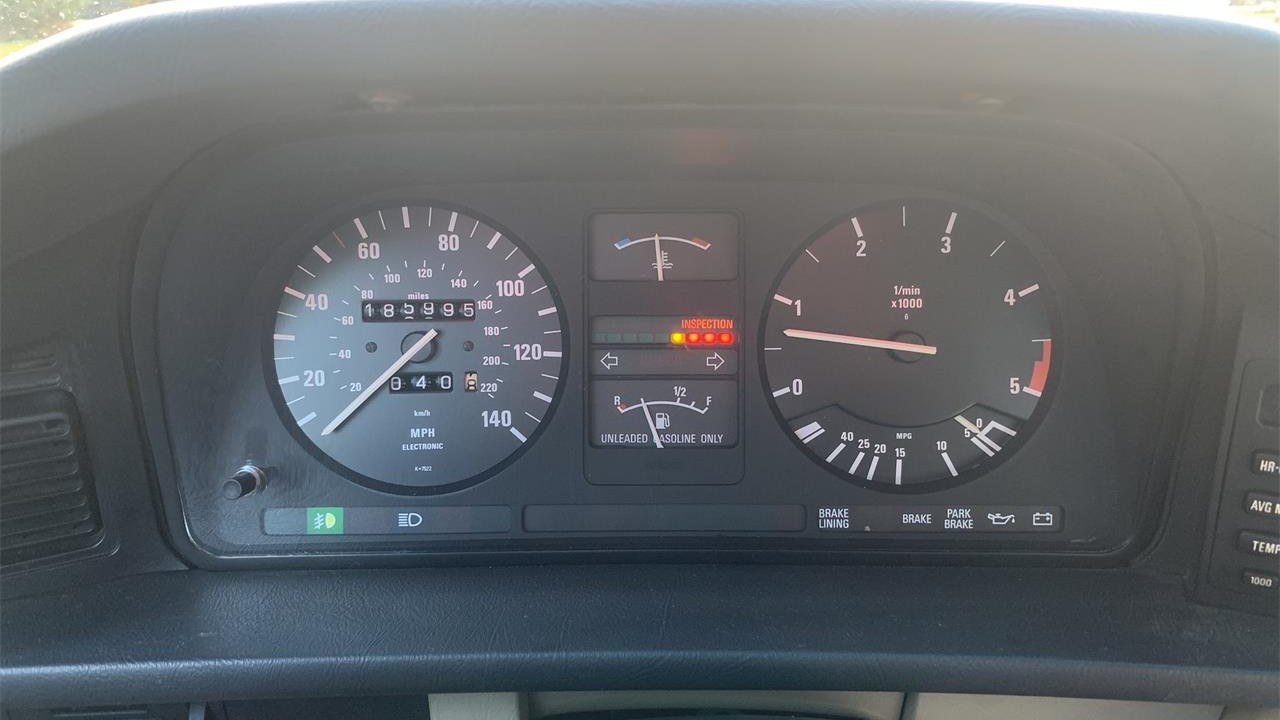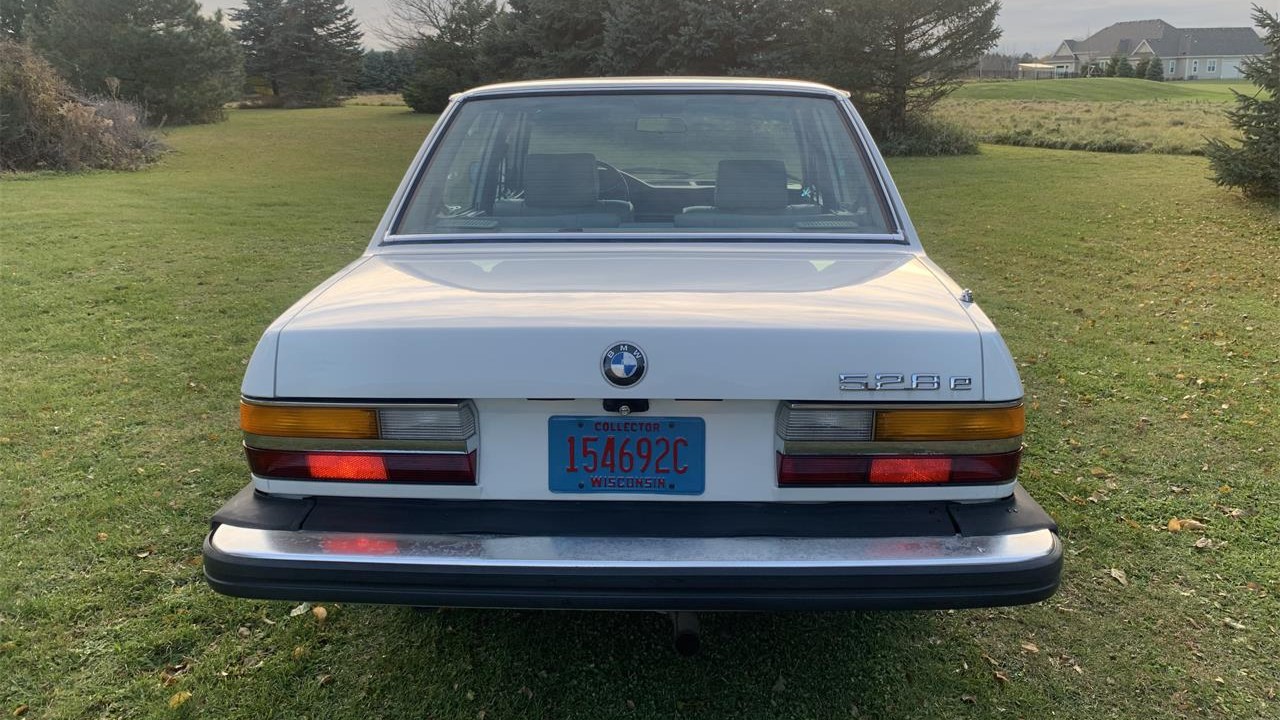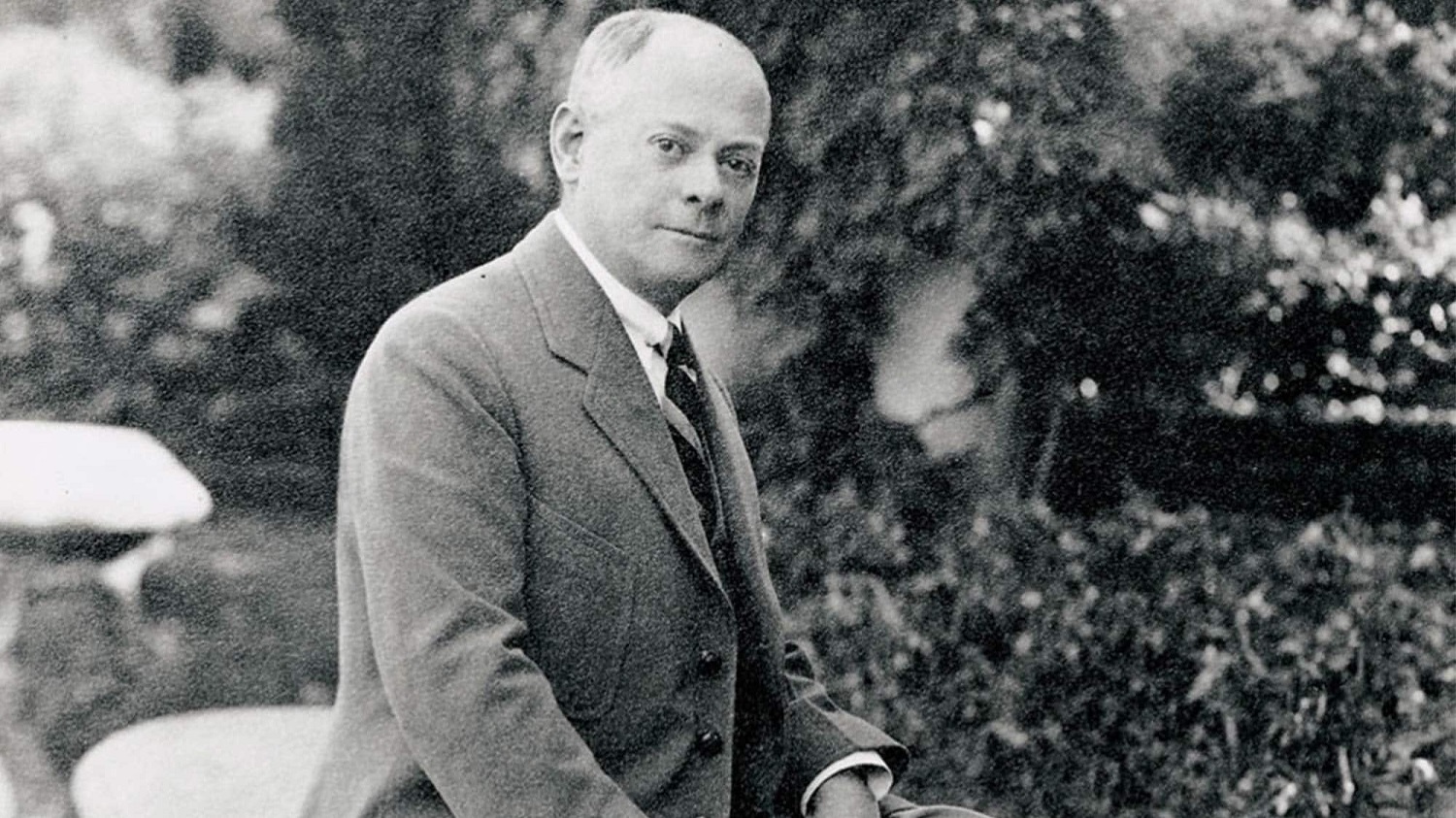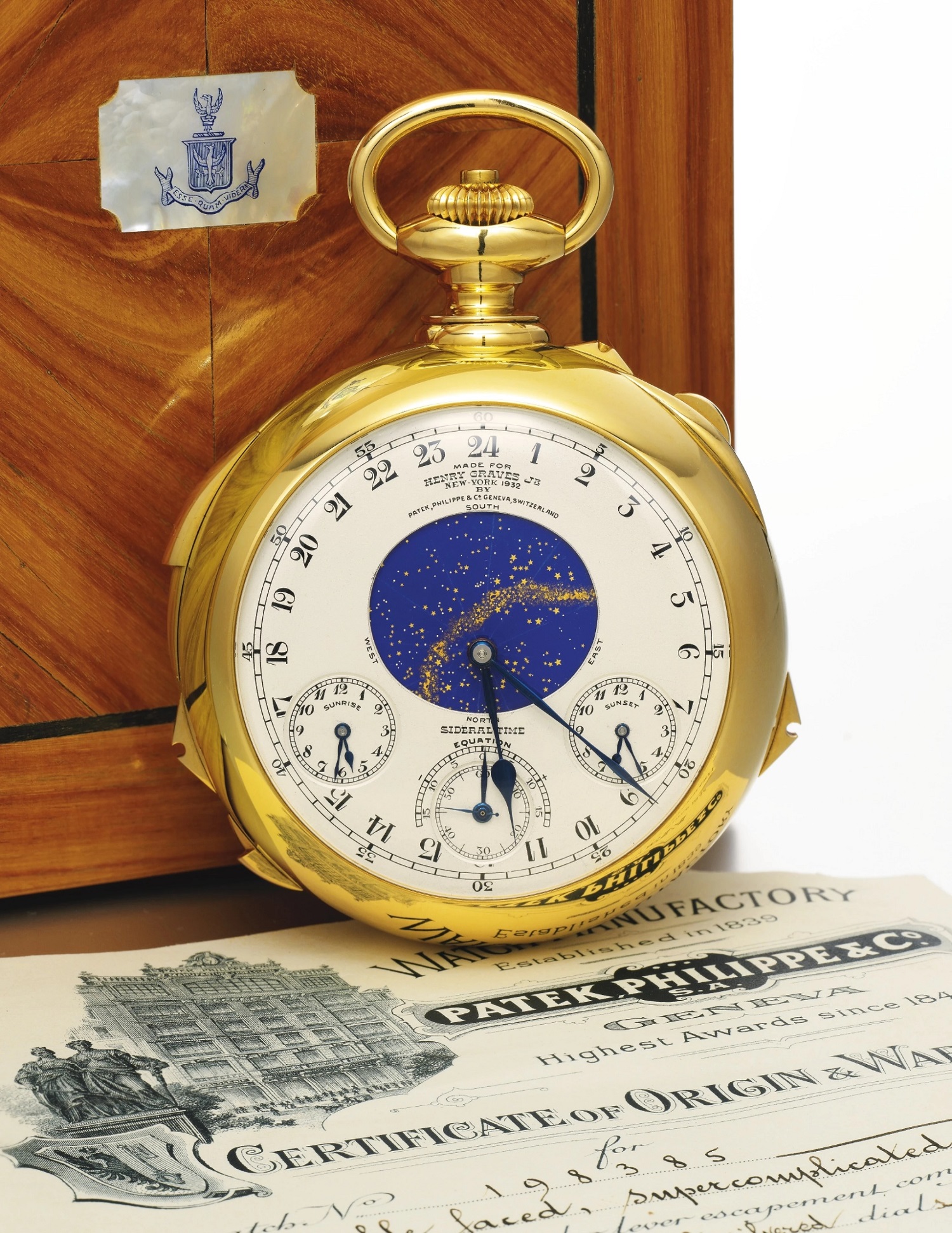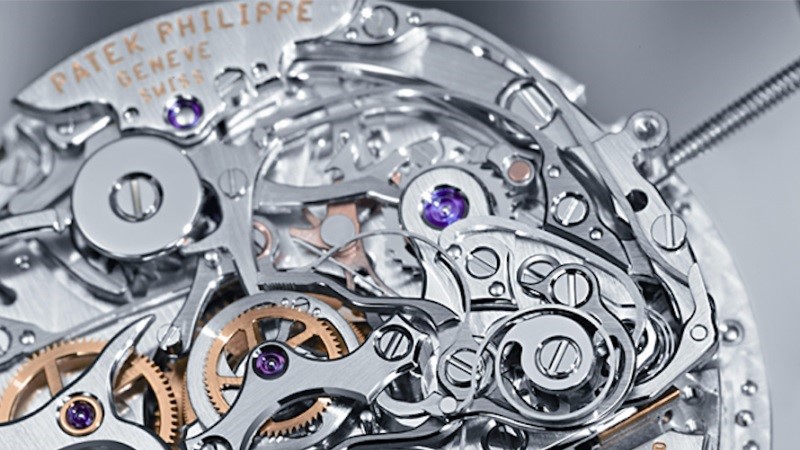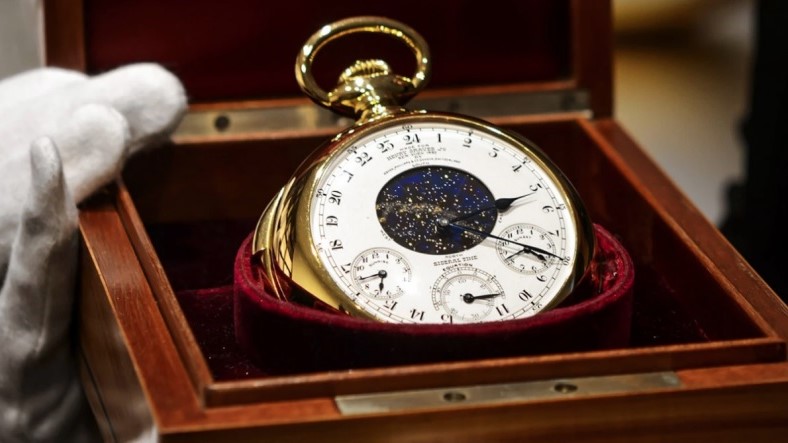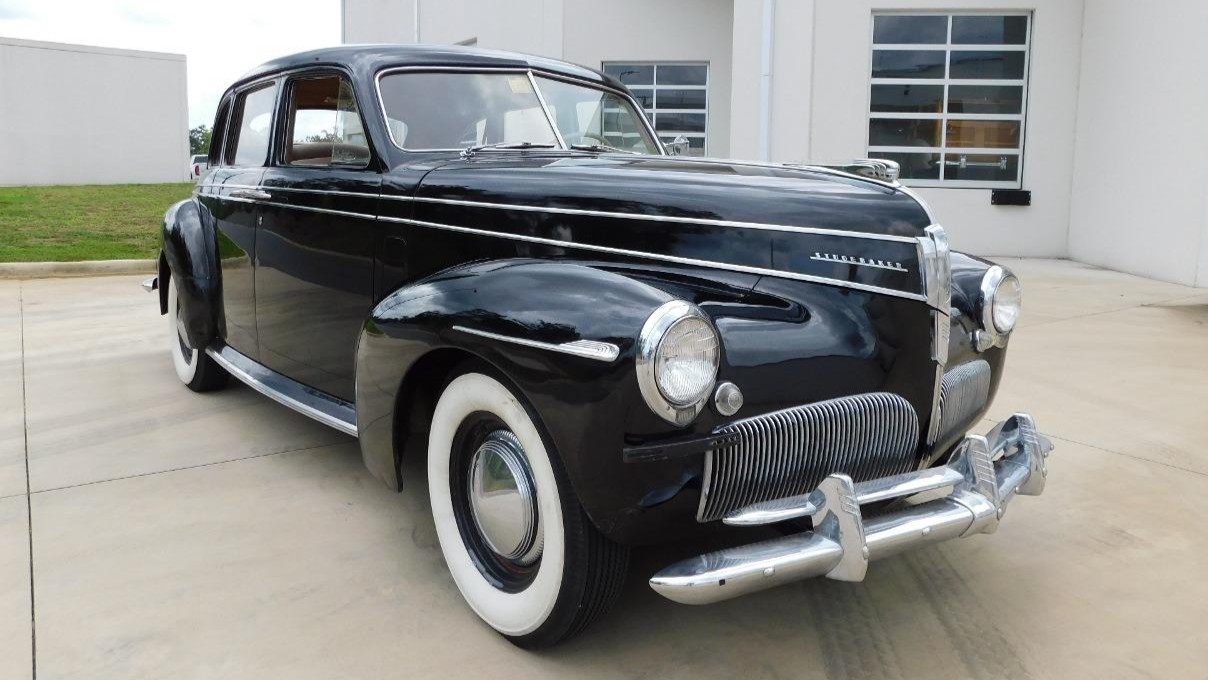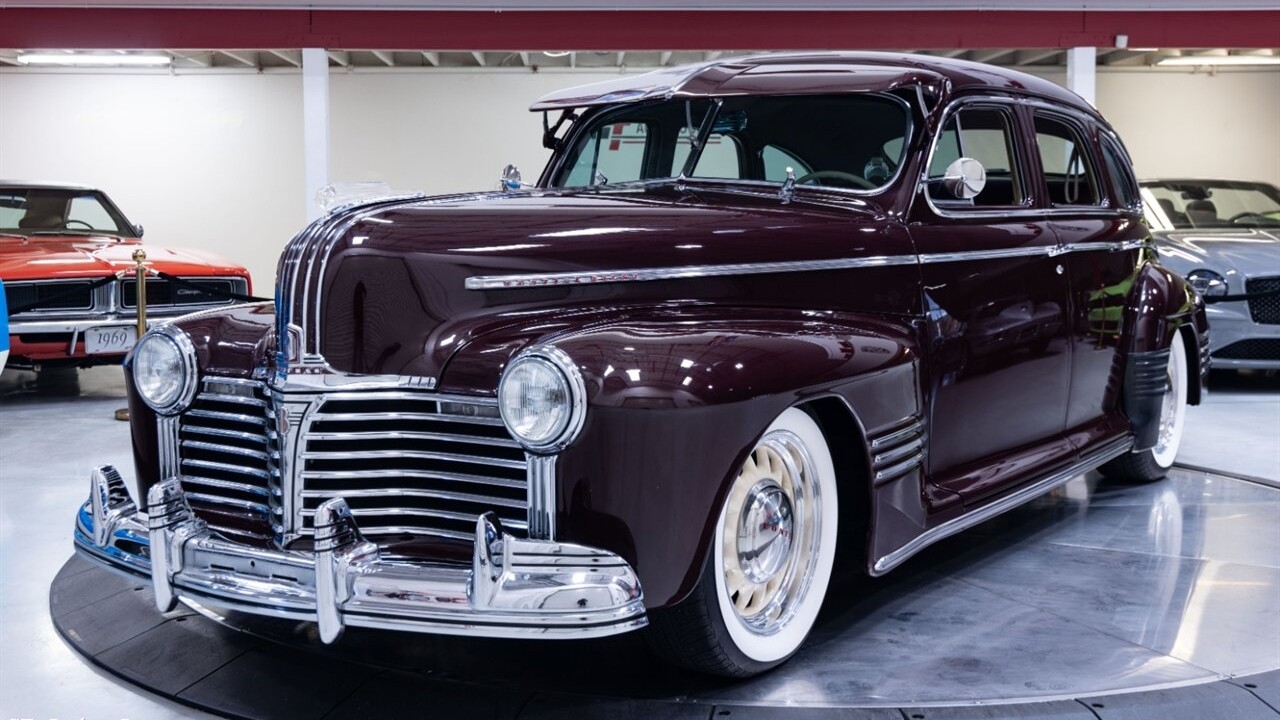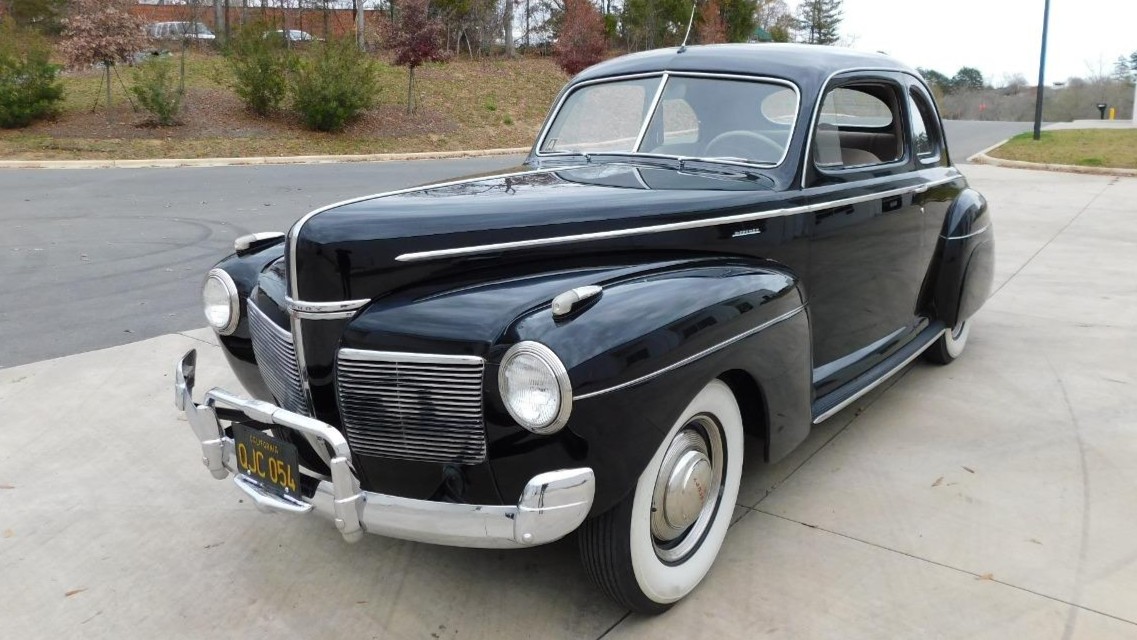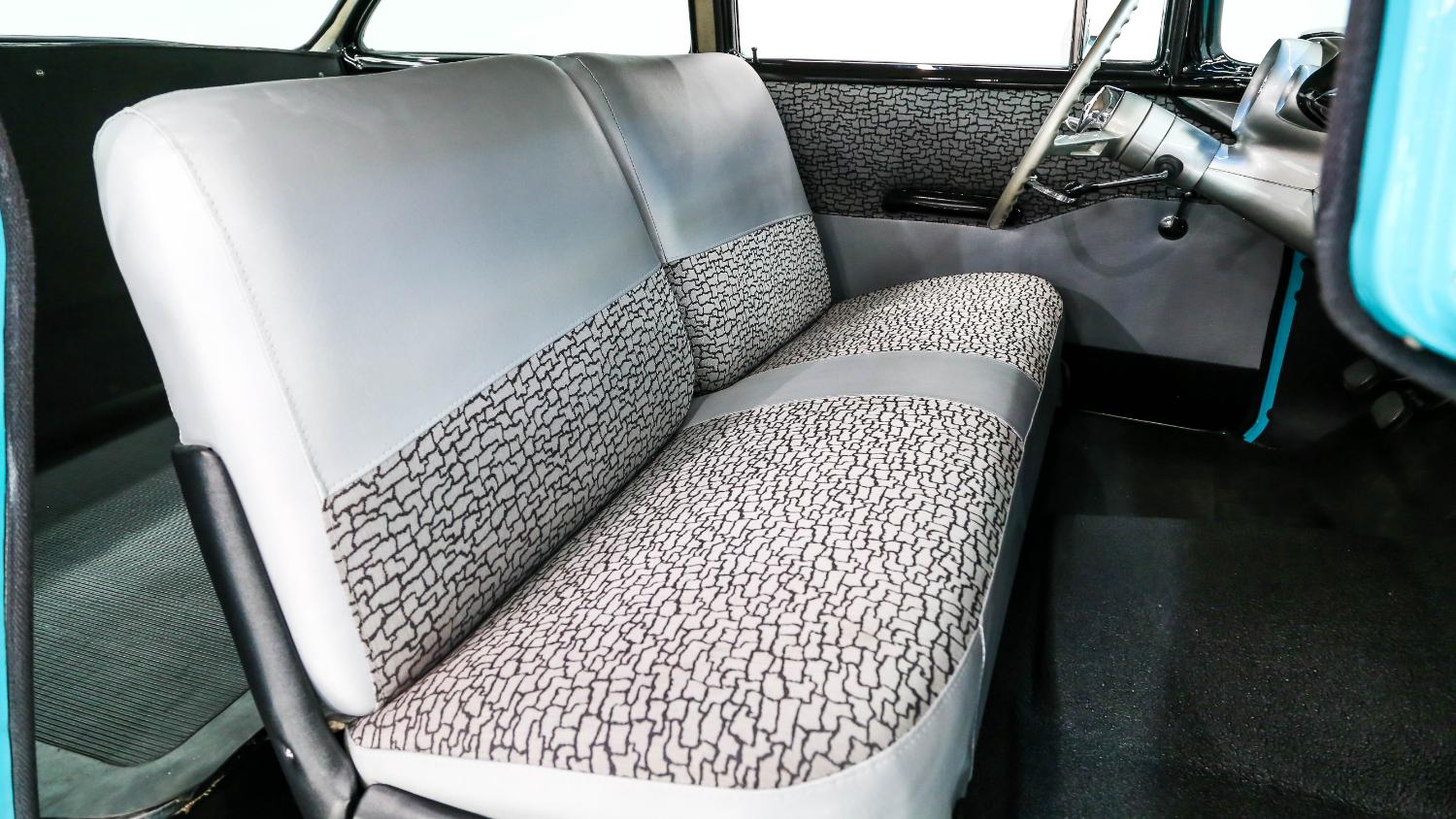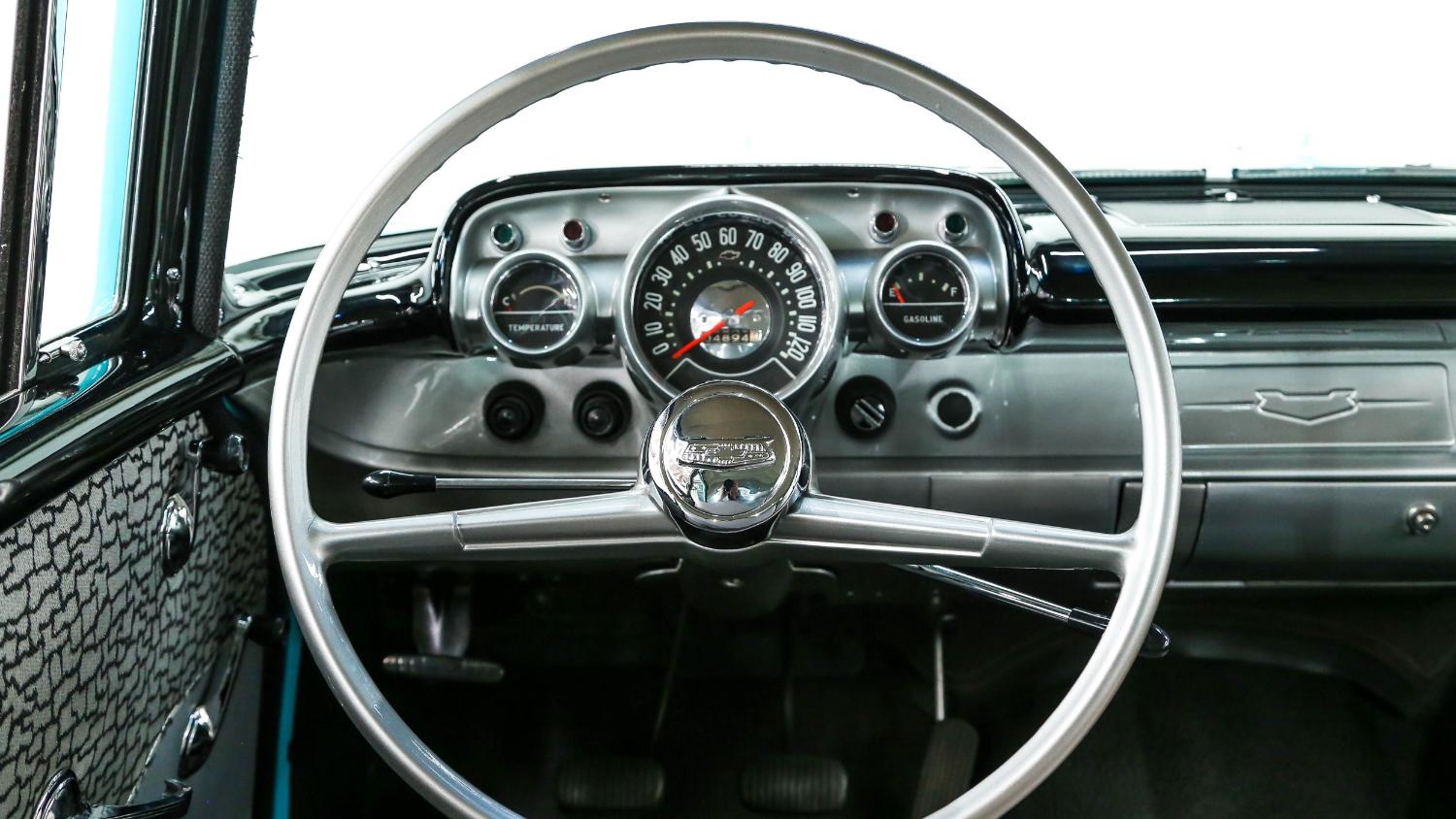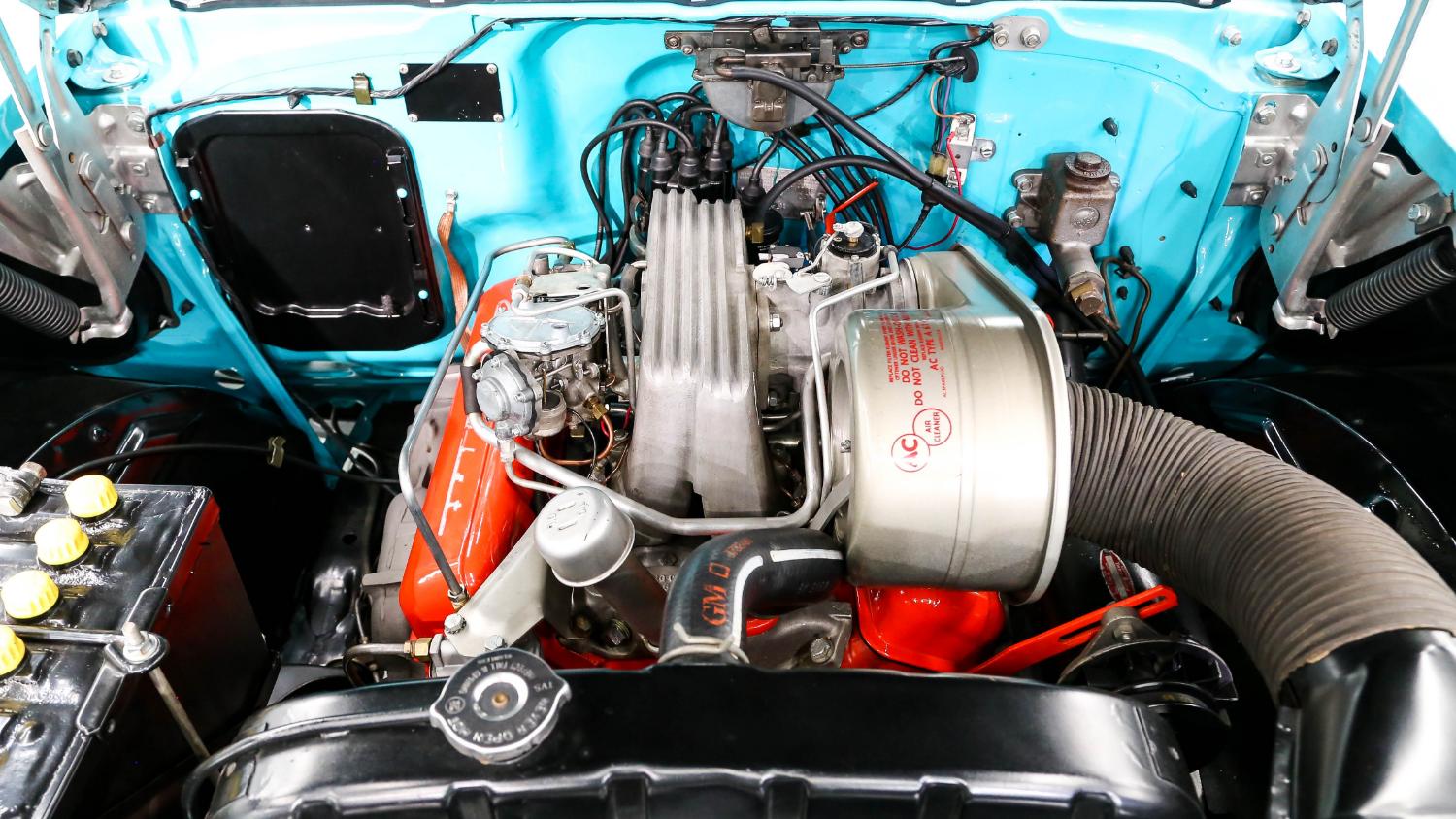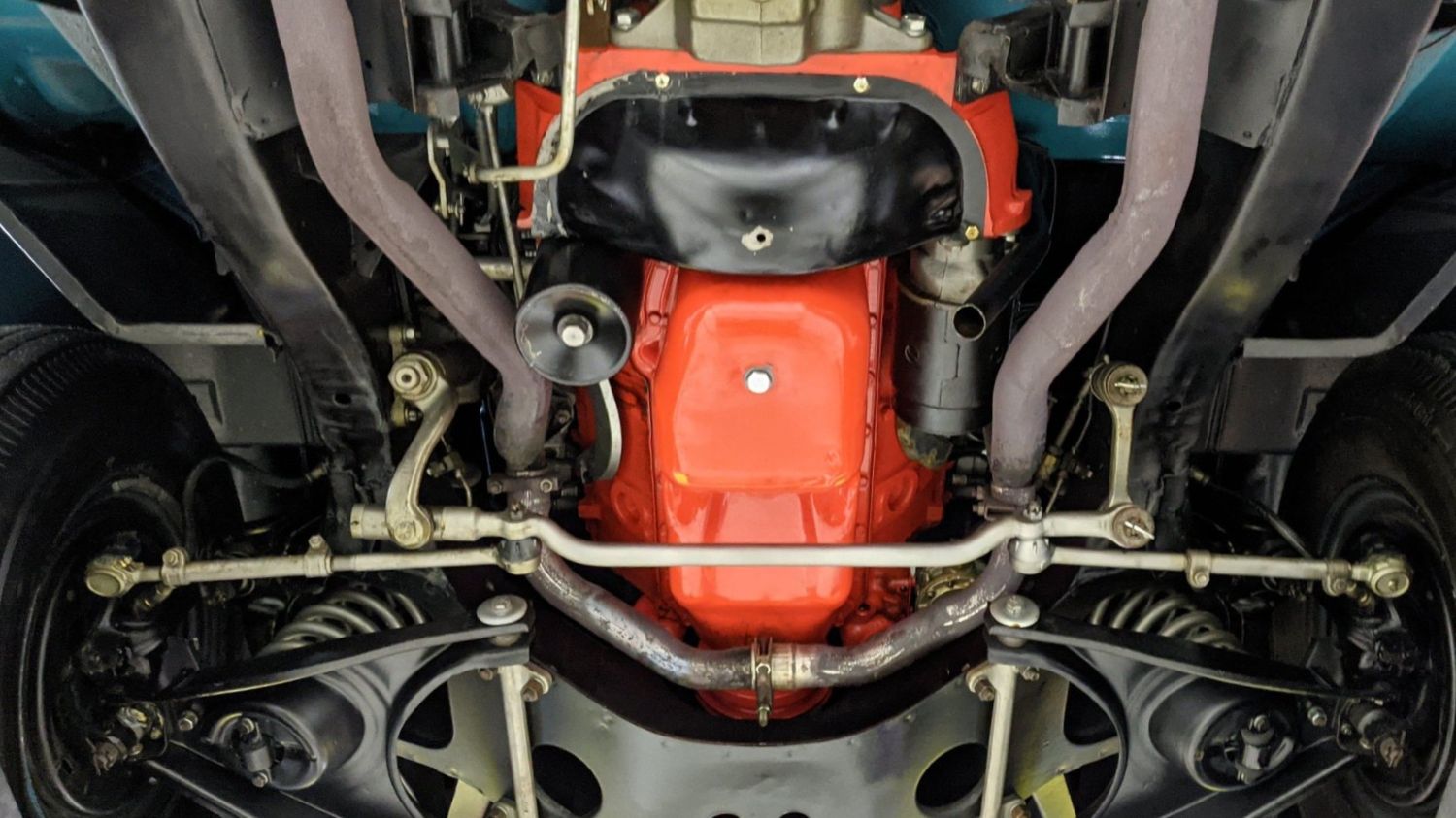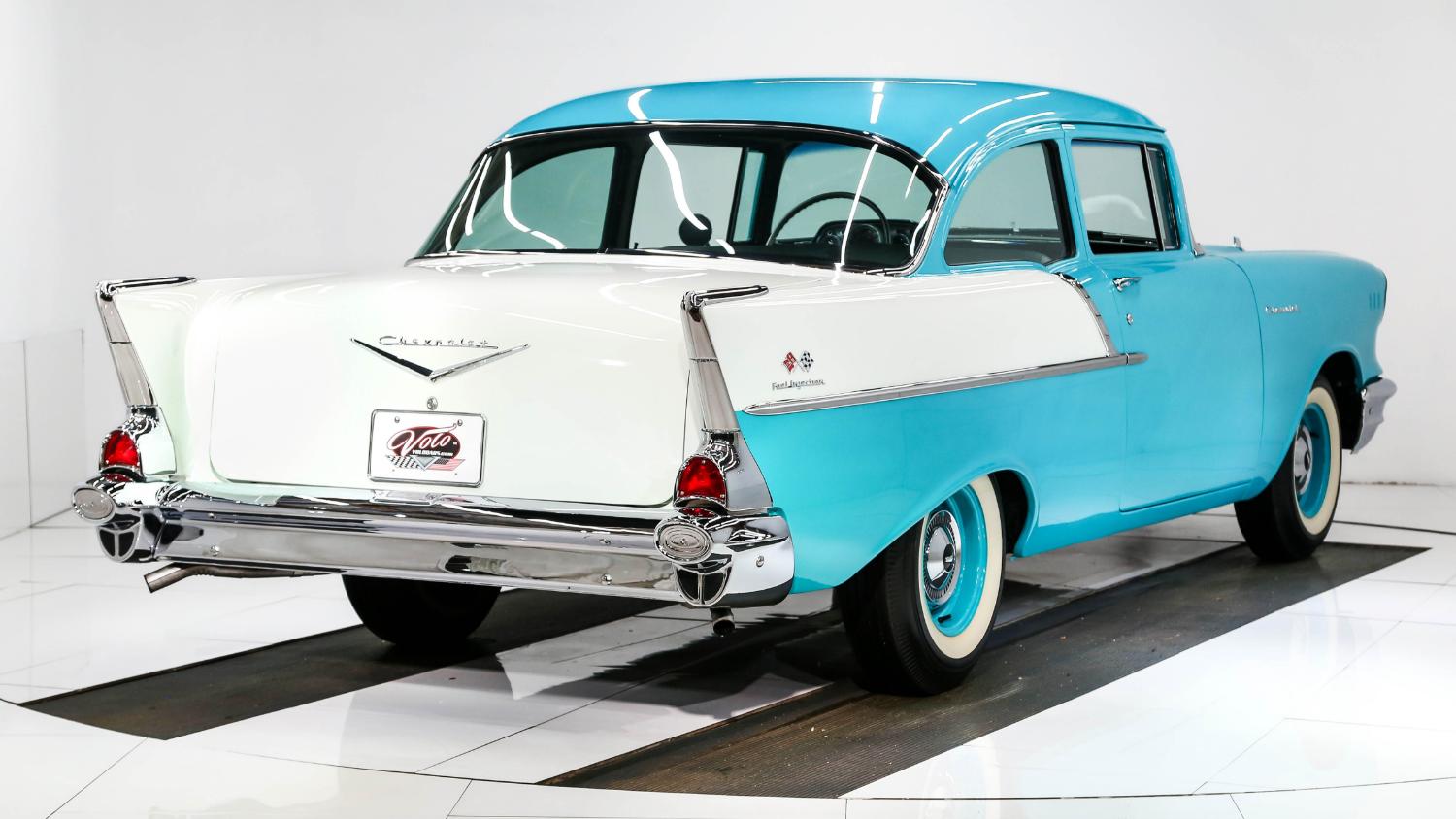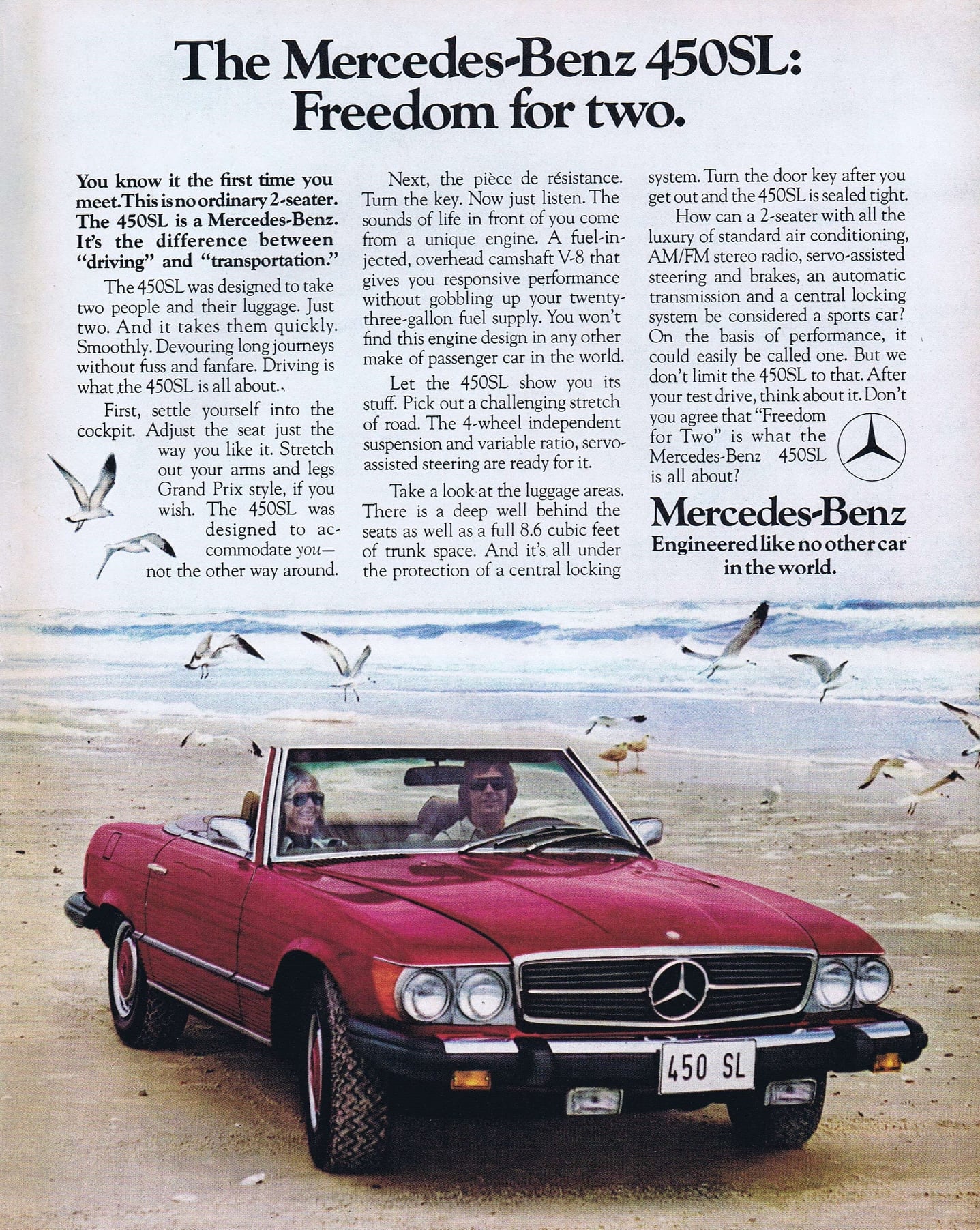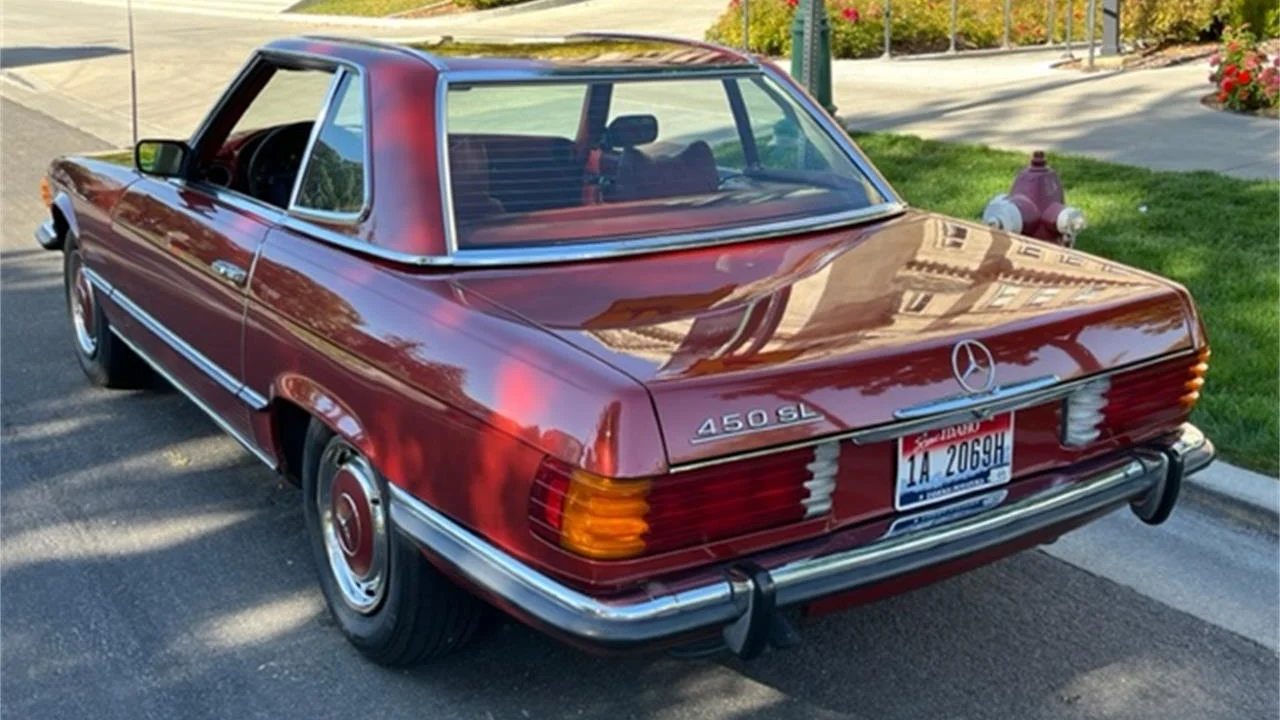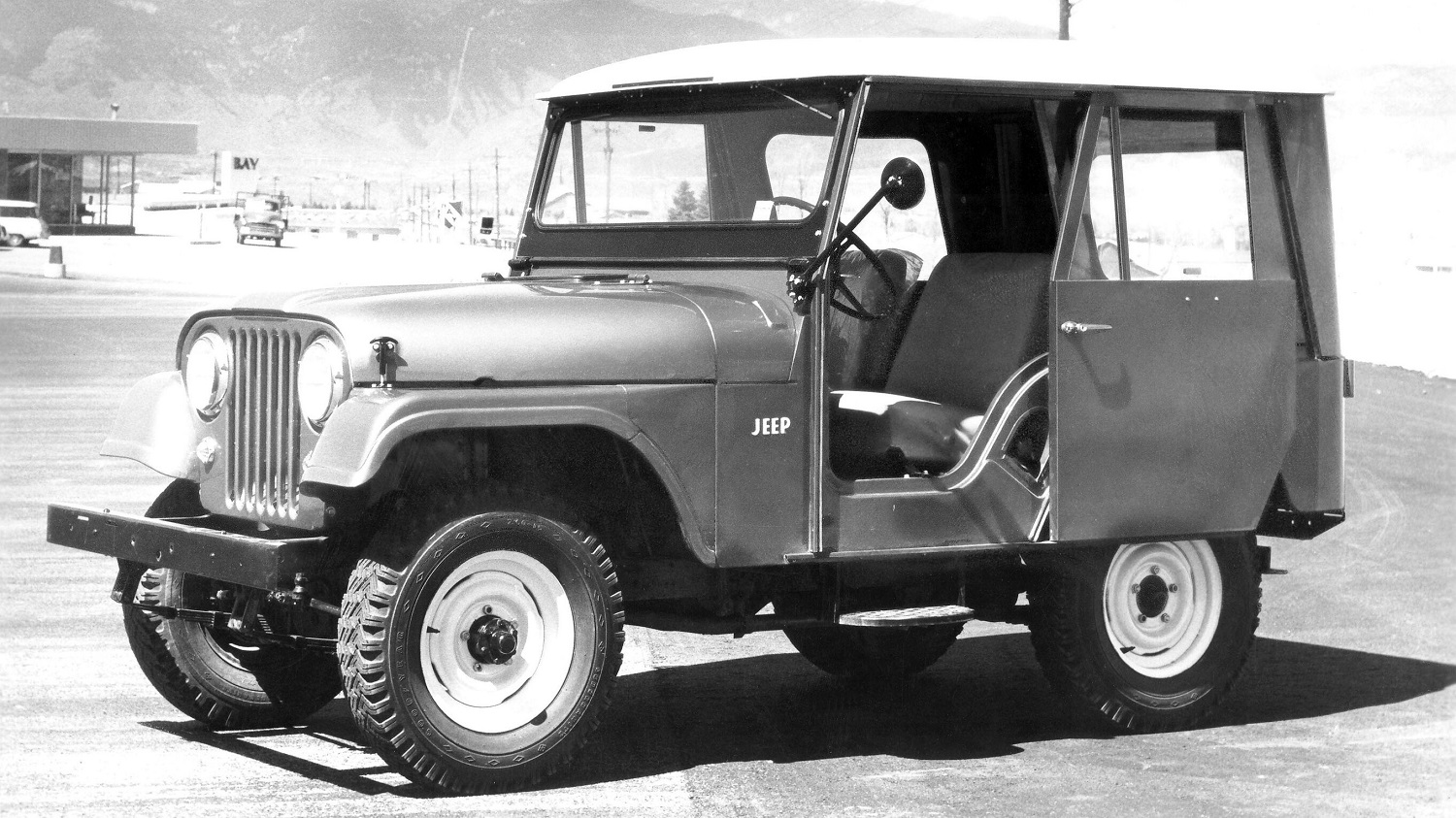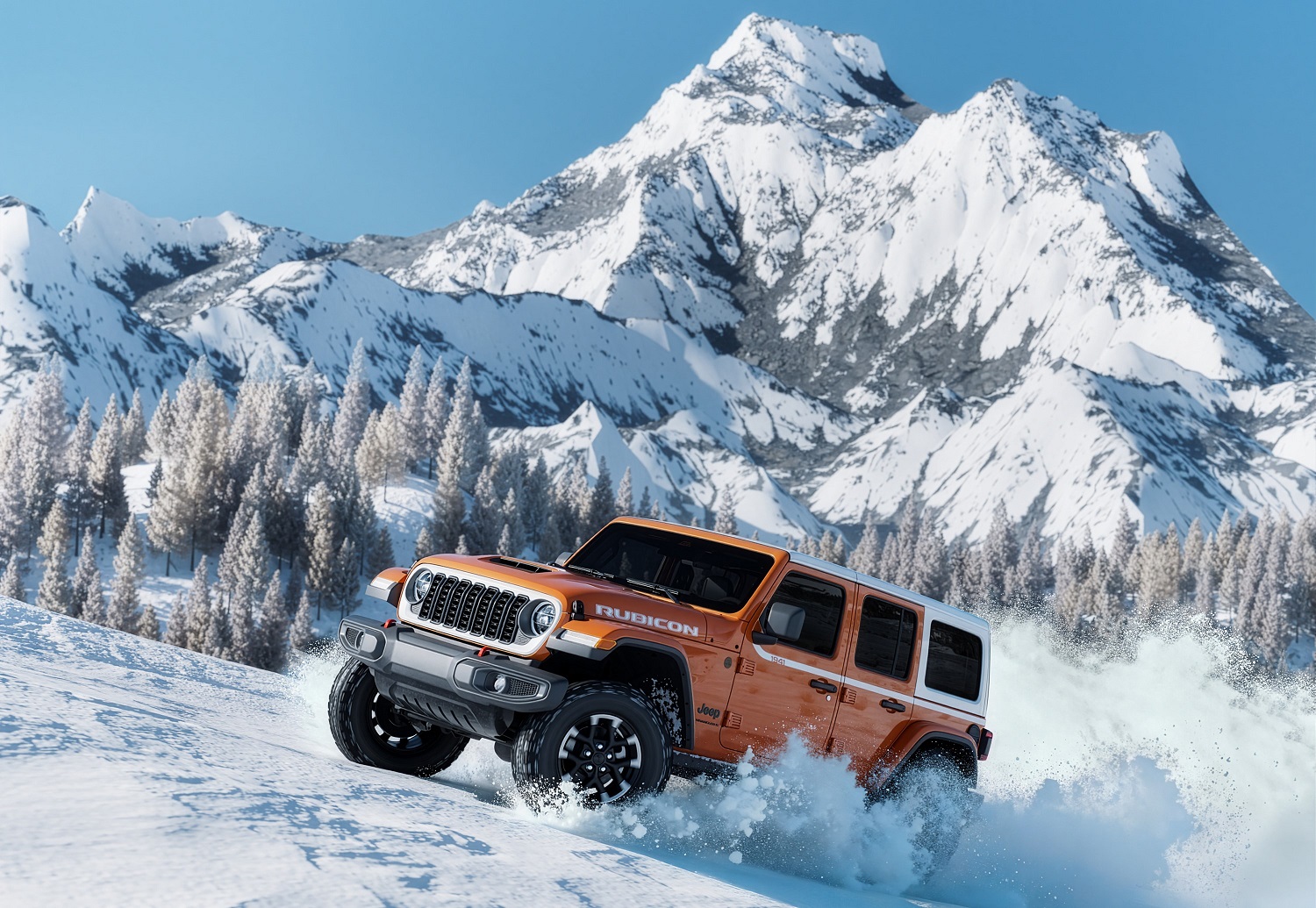Right now on AutoHunter, you can find this one-owner 1978 GMC C1500 Sierra Grande Wideside pickup, which is powered by a GM Goodwrench 350ci V8 crate engine mated to a rebuilt TH350 three-speed automatic transmission. Finished in Mariner Blue over a blue cloth interior, this two-wheel-drive truck is now offered by the selling dealer in Oregon with the original build sheet, SPID card, broadcast sheet, Rochester carburetor, warranty booklet, owner’s manuals, and service receipts as well as an appraisal report and a clear title.
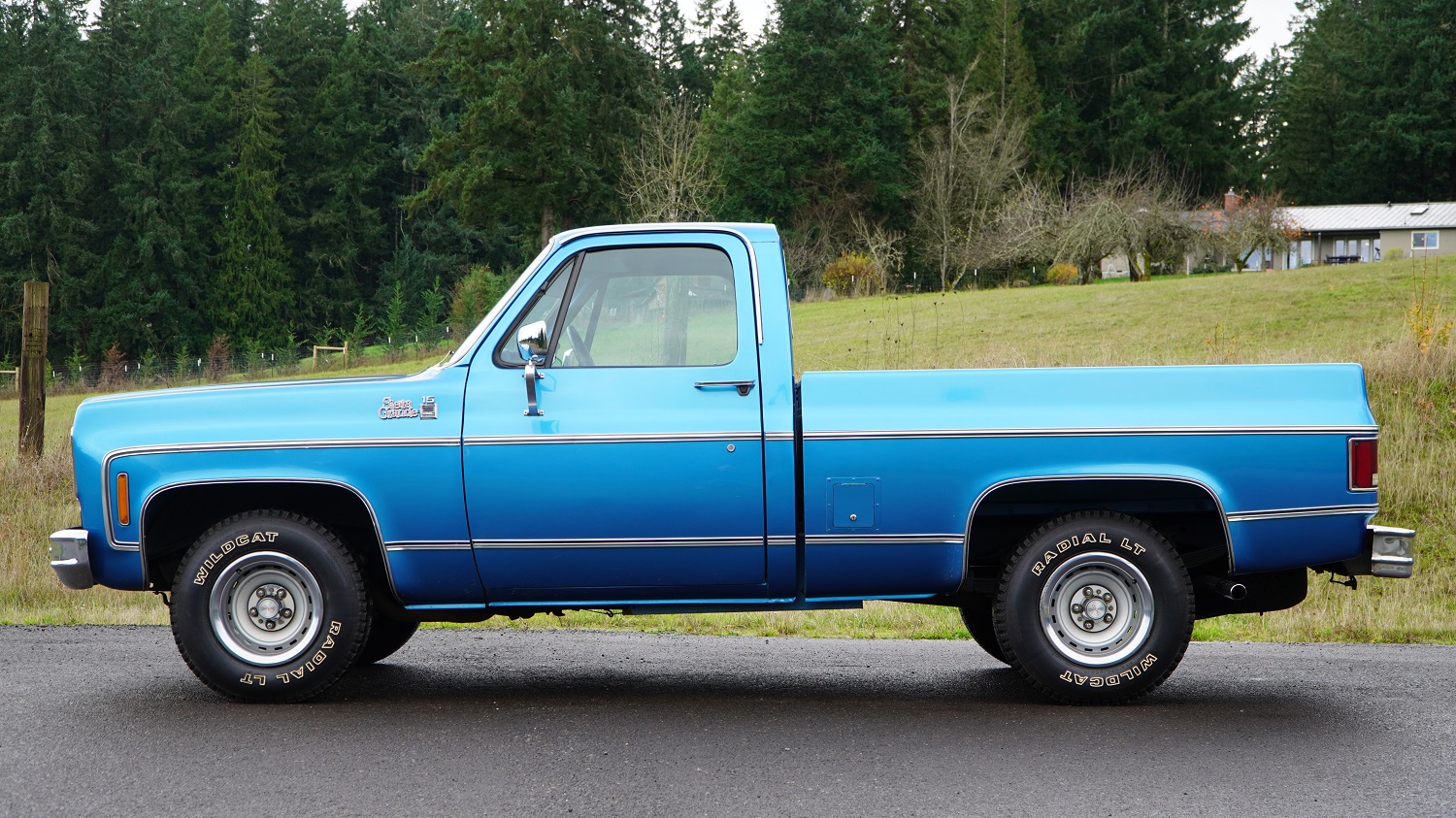
The “Square Body” has been refinished in its original color of Mariner Blue. Exterior features include chrome bumpers, replacement windshield, dual mirrors, Soft-Ray tinted windows, sliding rear window, tailgate protector, and single exhaust outlet.
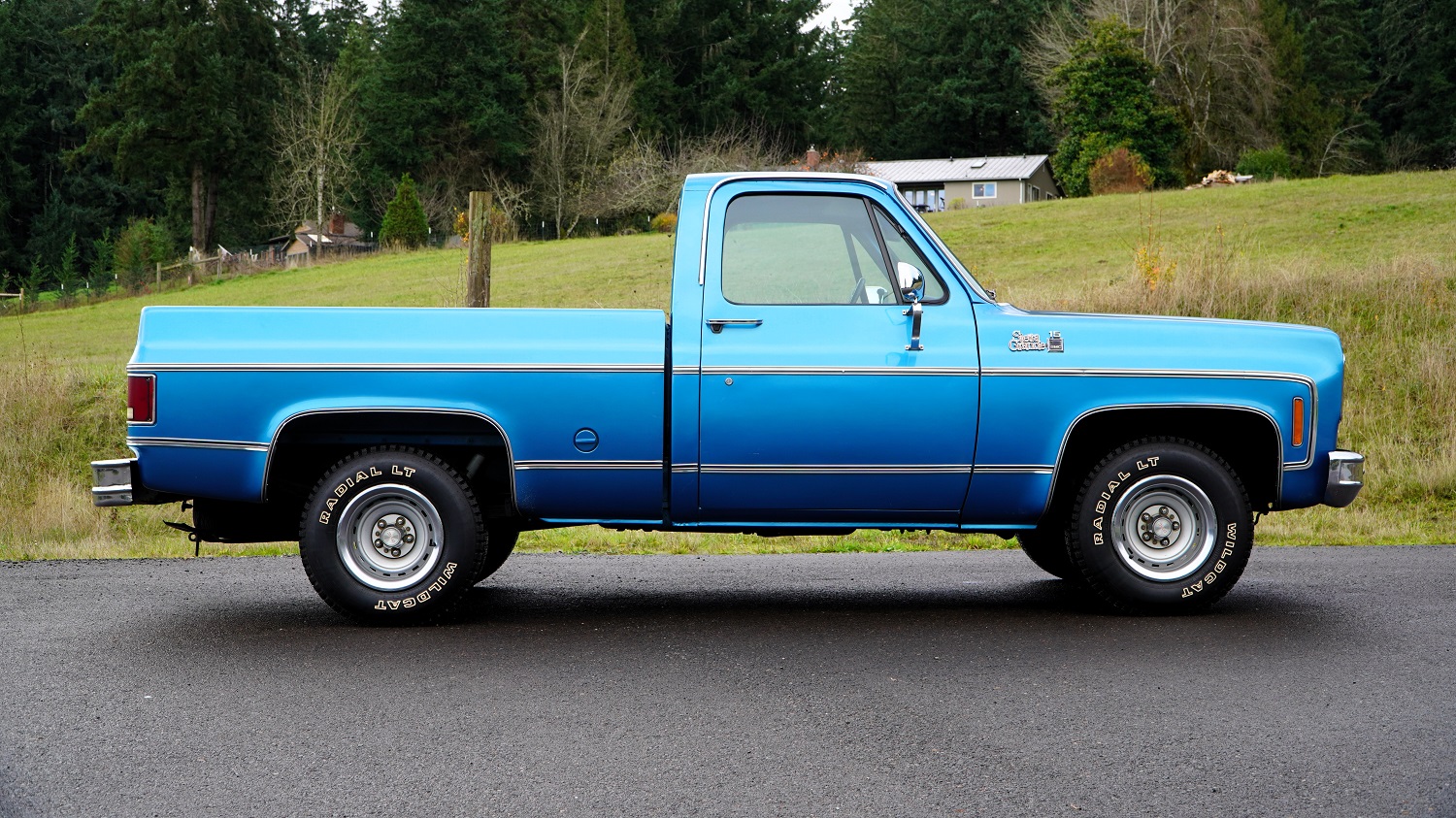
This classic truck rides on a set of 15-inch GM truck Rally wheels surrounded by 235/75 Wildcat Radial LT tires.
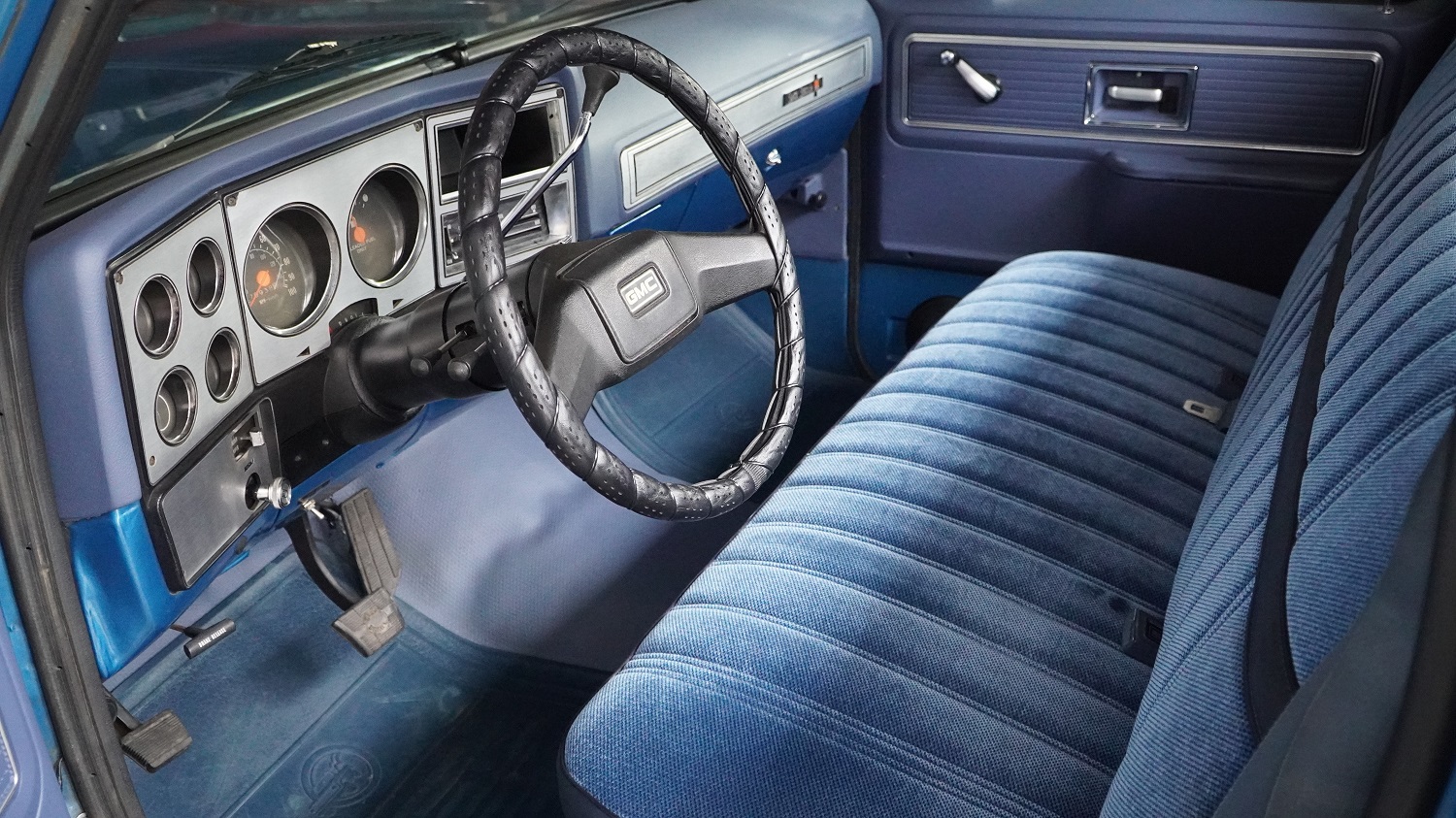
There are different shades of blue in the cabin, including blue vinyl and cloth on the bench seat. The dashboard is a combination of another blue on top and Mariner Blue on the bottom. Comfort and convenience features include tilt steering column, power steering, and Pioneer AM/FM/cassette stereo.
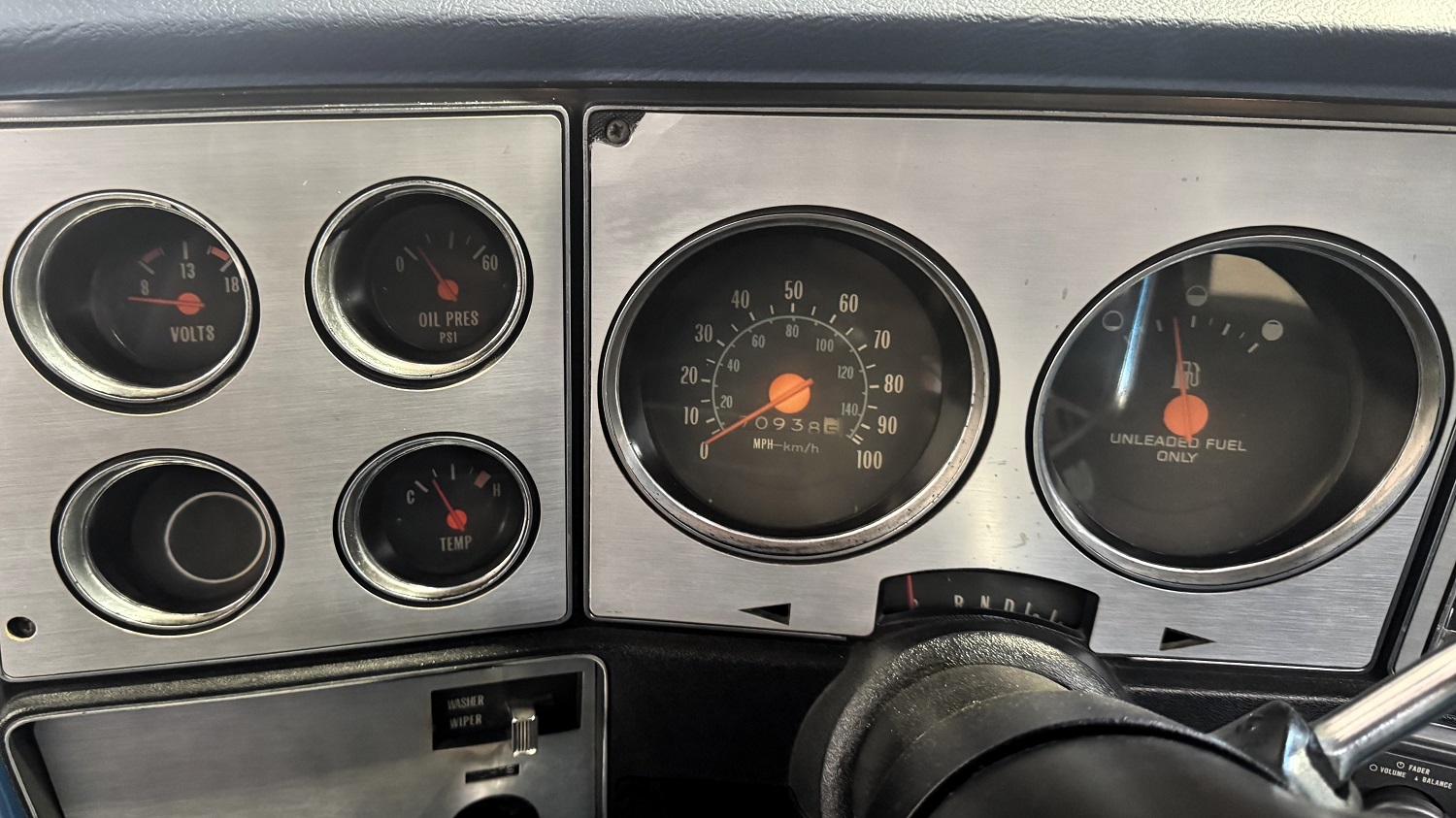
Instrumentation consists of a 100-mph speedometer and gauges for the voltage, oil pressure, temperature, and fuel level. The odometer shows 70,938 miles, but this truck is mileage-exempt, according to its title.
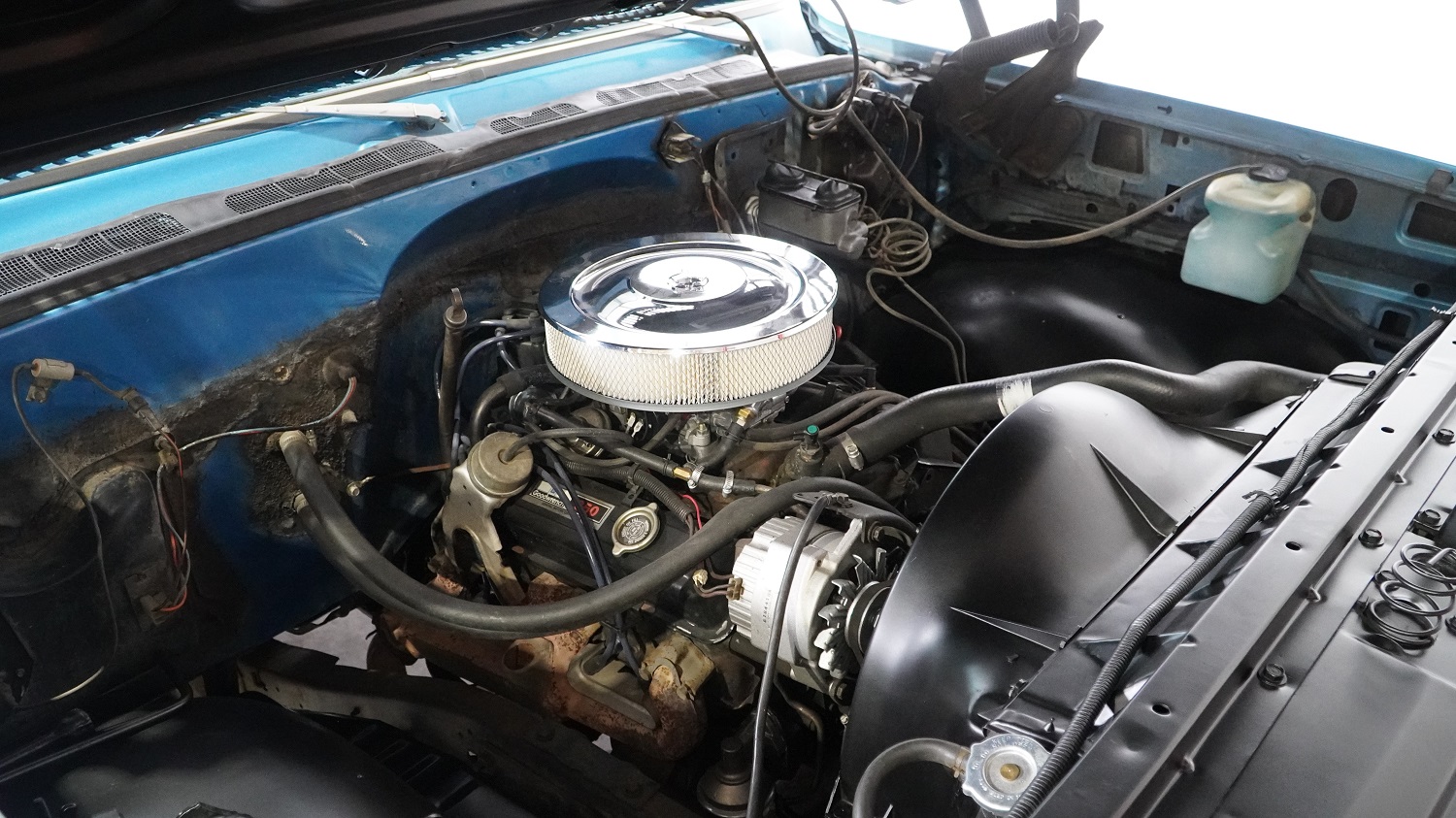
In 2000, the original four-barrel 350 was replaced with a GM Goodwrench 350ci V8 crate engine, which is equipped with a Holley 670cfm four-barrel carburetor and heavy-duty four-row radiator. The engine sends power to the 3.07:1 rear end through a rebuilt TH350 three-speed automatic.
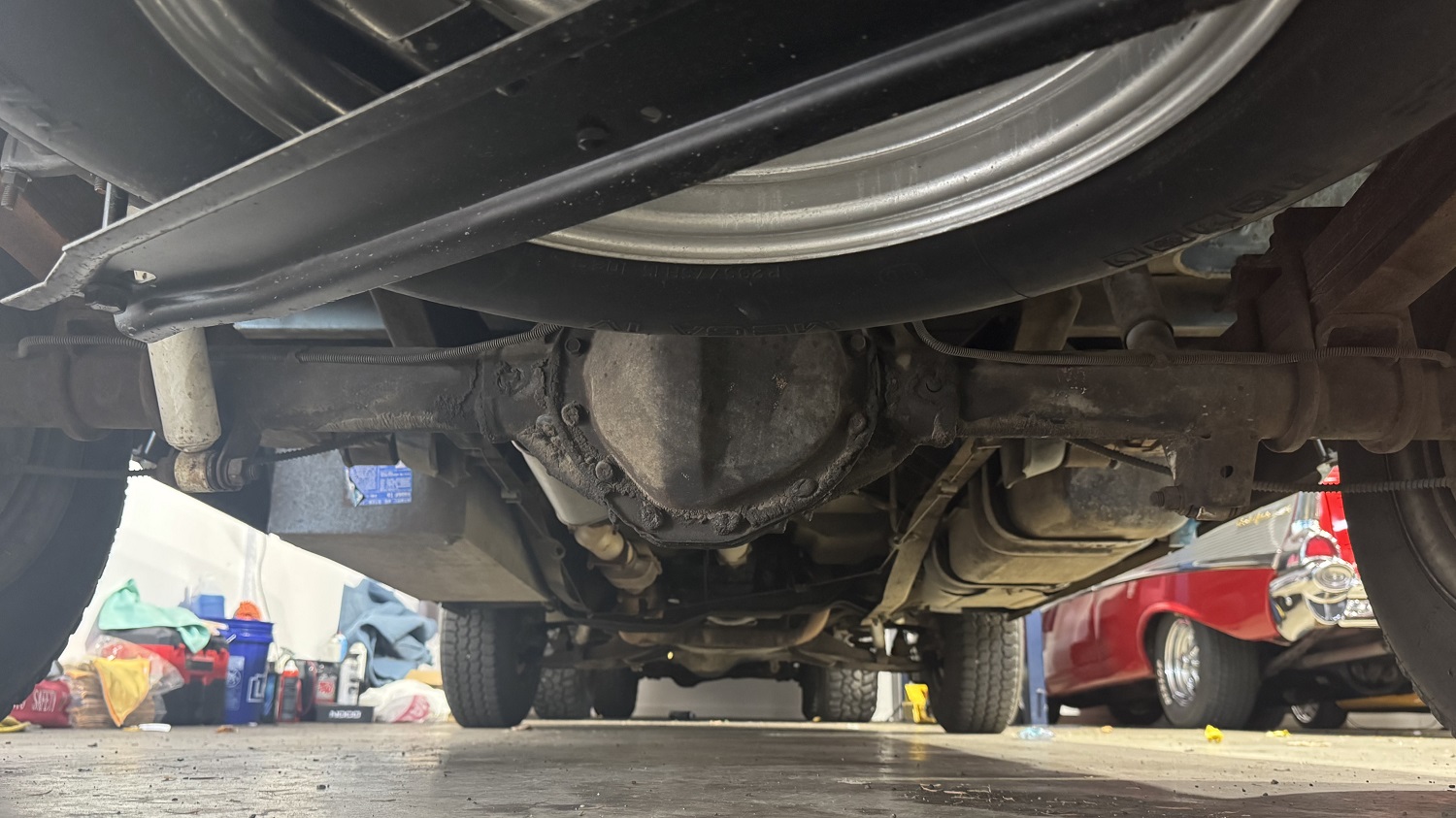
This truck came from the factory with a front stabilizer bar and heavy-duty rear springs. A 15-gallon auxiliary fuel tank, which features its own fuel door, has been added. The manual front disc and rear drum brakes help make sure this rig can keep on truckin’.
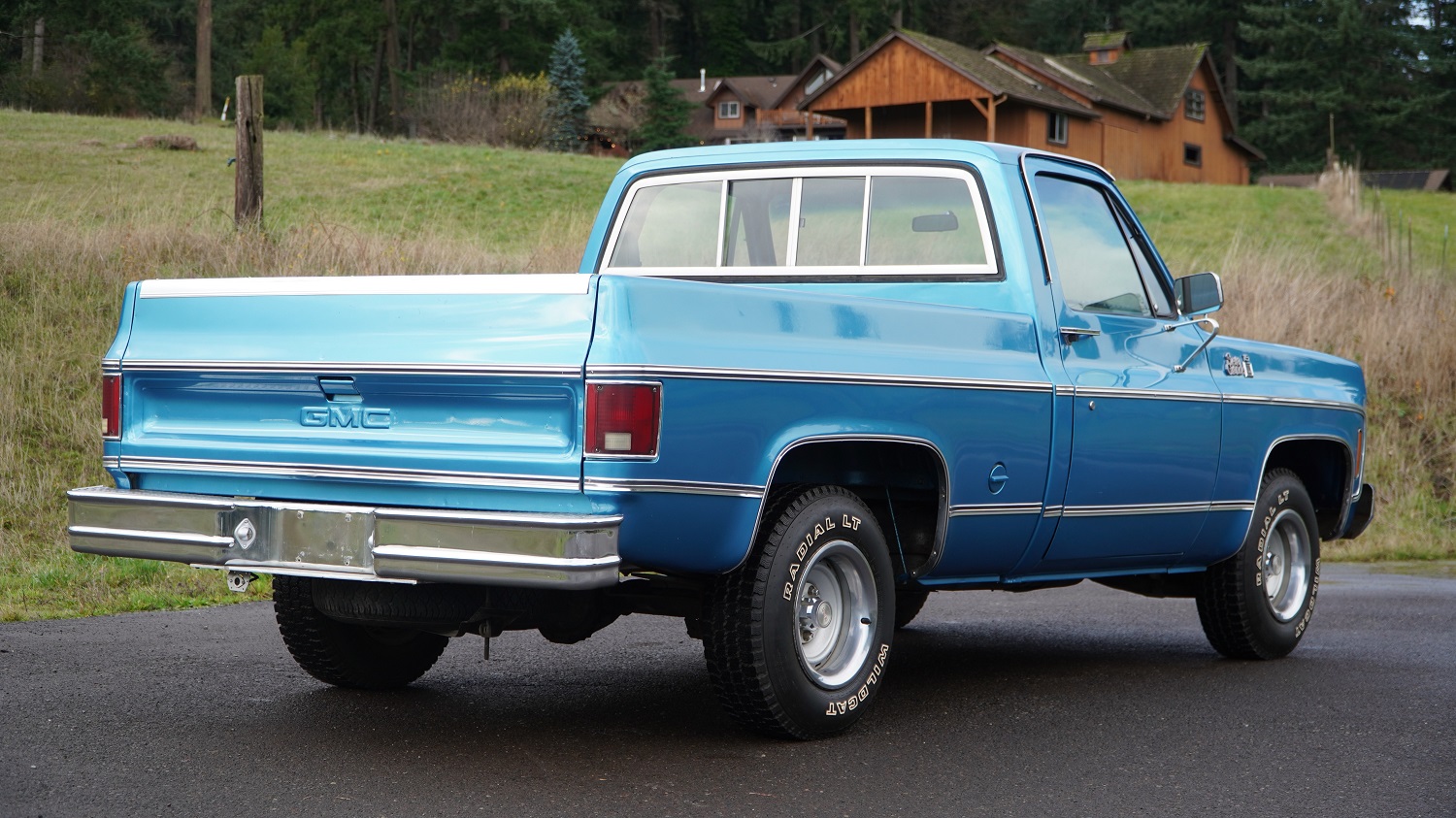
Time is running out to get this 1978 GMC C1500 Sierra Grande before Christmas, so bid on it right now. The auction ends on Monday, December 22, 2025, at 12:00 p.m. (MST).
Visit the AutoHunter listing for more information and a photo gallery


